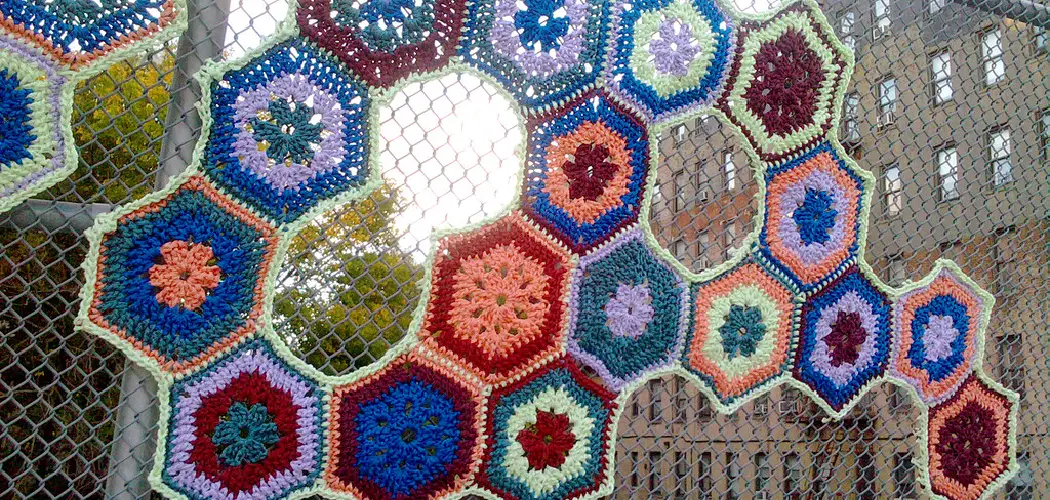Attention all crochet enthusiasts, this one’s for you! Are you tired of struggling to join granny squares? Do your edges always come out uneven and messy? Don’t worry, we’ve all been there. But fear not, because in today’s blog post, we will be sharing a foolproof method on how to block granny squares.
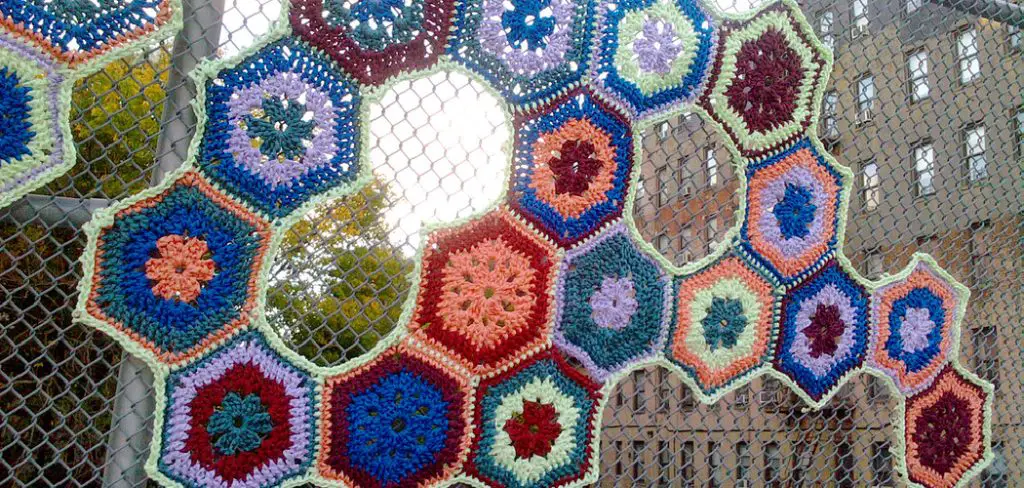
Granny squares are a classic crochet design used to make various items such as blankets, scarves, and even garments. Blocking is an essential step in the finishing process of any crochet project, including granny squares. It helps to give your project a professional and polished look by straightening out uneven edges and ensuring uniform size and shape across all squares.
Whether you’re an experienced crocheter or just starting out, this technique is essential for creating perfectly squared and even stitches. So, let’s dive into the world of blocking with confidence!
What Will You Need?
To block granny squares, you will need the following materials:
- Finished granny squares
- Blocking mat or towel
- Rust-proof pins
- Spray bottle filled with water
Once these materials are ready, you’re all set to begin the blocking process.
10 Easy Steps on How to Block Granny Squares
Step 1. Prepare Your Working Area:
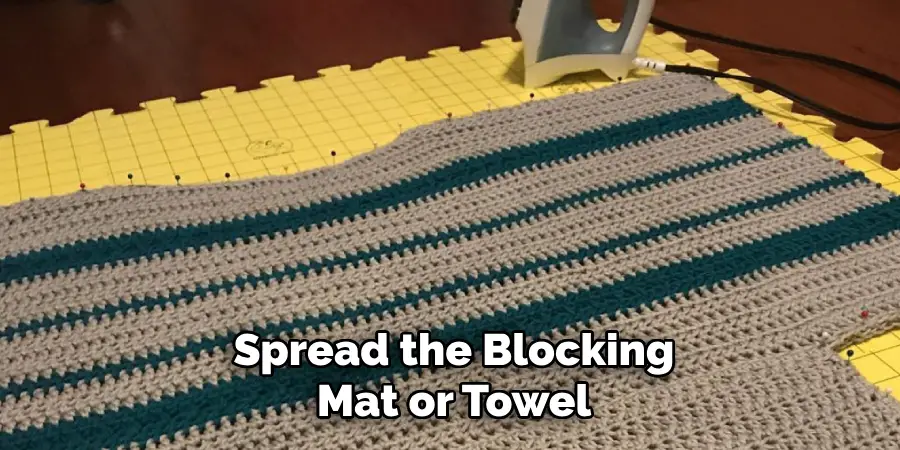
Spread the blocking mat or towel on a flat surface. This will act as your work station, so ensure it is somewhere you can leave your squares to dry undisturbed. Be careful not to use an uneven surface, as this can affect the final shape of your squares.
Step 2. Set Up Your Squares:
Place your granny square on the mat or towel. Ensure that the right side of the court is facing up. This is crucial as you’ll be shaping the square from this side. If you have multiple courts, it’s recommended to start with one and proceed to the next only after you’ve finished blocking the previous one. This way, you can maintain consistency in size and shape across all squares.
Step 3. Pin the Corners:
Start by pinning the four corners of the square. Make sure to pull the square out gently so it’s flat, but do not overstretch it. The goal here is to make the edges straight, not to increase the size of the square. You can adjust the pins as needed for the perfect shape. Once the corners are secure, you’re ready to move on to the next step.
Step 4. Pin the Edges:
After securing the corners, the next step is to pin along the edges of the granny square. Depending on the size of your square, the number of pins required may vary. Begin by pinning the middle of each side, ensuring the edges are straight and not overstretched.

Then, add more pins between the center and the corners until the entire perimeter of the square is pinned and straight. Remember, the purpose is to attain a perfectly square shape, so adjust the pins as necessary.
Step 5. Wet the Square:
Now, it’s time to wet your granny square. Take your spray bottle filled with water and mist the square evenly. Ensure it is damp but not soaking wet. The moisture will allow the fibers in the yarn to relax and take the shape in which they are pinned. This is what helps give your granny squares their perfect condition. Be sure to wet the entire yard, paying particular attention to the edges.
Step 6. Let it Dry:
After spraying your square, you need to let it dry completely. This step is critical as it allows the fibers to be fully set into their new, neat shape. Do not remove the pins or move the square while it is drying. Depending on the type of yarn used and the climate conditions, drying time can range from a few hours to a day. Be patient and wait until the square is completely dry before proceeding to the next step.
Step 7. Remove the Pins:
After ensuring your granny square is thoroughly dry, you can remove the pins. Gently pull out each nail, careful not to distort the shape of the square. Once all fasteners are removed, your blocked granny square should retain its newly achieved neat and square form. Keep in mind that if the court is still damp, removing the pins may cause it to lose its shape.
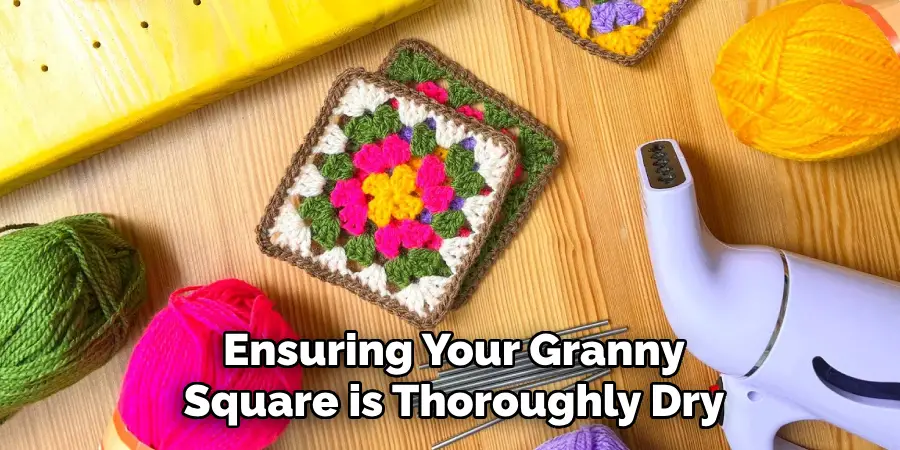
Step 8. Check Your Work:
Examine your blocked granny square. It should appear flat, with straight edges and right-angled corners. If you spot any areas that appear uneven, do not worry. You can repeat the blocking process to perfect these areas. Remember, practice and patience are essential when learning how to block granny squares.
Step 9. Repeat for Other Squares:
Now that you have completed blocking one granny square, it’s time to repeat the process for the remaining squares. It’s crucial to block all your granny squares to ensure consistency in size and shape. This will make it easier when you join them together in your final project. As you continue blocking, you’ll become more comfortable with the process and achieve better results.
Step 10. Join Your Squares:
With all your granny squares blocked and ready, you can join them into your desired project. Whether you are making a blanket, a scarf, or a garment, having perfectly blocked squares will ensure your project looks neat, professional, and beautiful. As you join your quads, you may find that there are a few bumps or uneven areas. Don’t worry. Simply dampen the area and re-block it to achieve a smooth finish.
By following these ten easy steps, you can now confidently block granny squares for all your crochet projects.
5 Additional Tips and Tricks
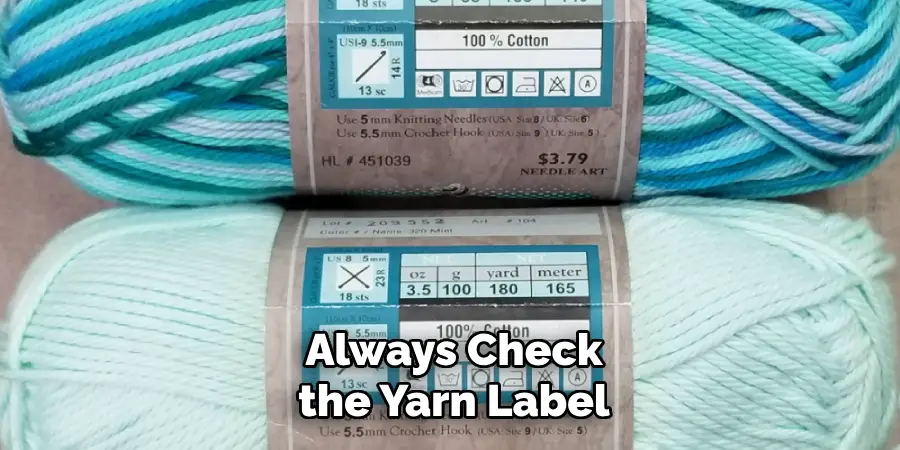
- Utilize Pins for Precision: Pins can help maintain the shape and size of your granny squares during blocking. Ensure to pin at each corner and regular intervals along the edges for an even finish.
- Consider the Yarn Type: Different yarns respond differently to blocking. For instance, natural fibers may require wet blocking, while synthetic fibers may be better suited to steam blocking. Always check the yarn label for specific care instructions.
- Patience is Key: Allow your granny squares sufficient time to dry thoroughly after blocking. Rushing this process can lead to distorted shapes and uneven sizes.
- Consistency Matters: To achieve uniform granny squares, it is crucial to use the same blocking method. Consistency in stretching and drying time ensures each square fits perfectly when you join them.
- Invest in a Blocking Board: A blocking board with grid lines can help ensure all your squares are the same size. This tool could be beneficial for large projects involving numerous granny squares.
With these tips and tricks in mind, you are now equipped with the knowledge to block your granny squares successfully.
5 Things You Should Avoid
- Avoid Rushing the Blocking Process: Patience is a virtue when blocking granny squares. Take your time with the drying or pinning processes, which can lead to distorted squares.
- Don’t Ignore the Yarn Label: The yarn label is there to help you. Ignoring the manufacturer’s care instructions, especially blocking methods, can damage your granny squares and alter their shape and size.
- Avoid Inconsistent Techniques: Using varying methods for different squares will lead to inconsistency in size and shape. Make sure you use the same way for all your squares.
- Don’t Skimp on Pins: Using fewer pins might make the process quicker, but it’s likely to result in less precision in the shape and size of your blocked squares.
- Avoid Blocking Different Colored Squares Together: If you use different colored yarns, block the same colored squares together. This will prevent any color bleeding that can occur when wet blocking.
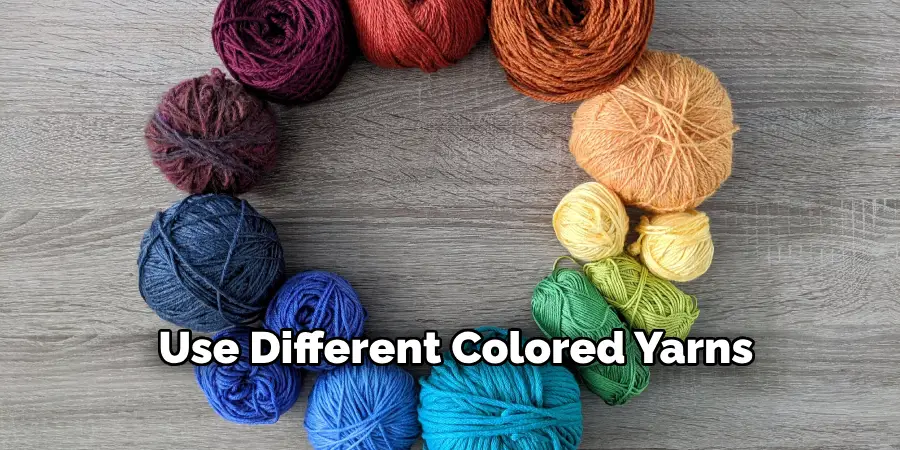
By avoiding these common mistakes, you can ensure a successful blocking process and achieve beautifully shaped granny squares.
5 Different Ways to Block Granny Squares
- Wet Blocking: This method involves soaking your squares in water, reshaping them to the desired size and shape, and pinning them down to dry.
- Steam Blocking: Using a steam iron or garment steamer involves lightly steaming your squares while pinned in place.
- Spray Blocking: This method involves lightly spraying your squares with water, reshaping them, and then allowing them to dry.
- Steam-Away Blocking: Like steam blocking, this method involves using a hot iron over a damp cloth on top of the pinned squares.
- Misting Block Method: This method involves misting your blocked squares with water while pinned in place and then allowing them to dry.
Each method has its benefits and is suitable for different types of yarn. Experiment with these techniques to find the best for you and your project.
Is Blocking Necessary in Crochet?
Blocking is not always necessary in crochet, but it can significantly improve the appearance and structure of your project. Blocking helps to even out stitches, reduce curling, and create more defined shapes. It also allows for easier joining and seaming of squares in larger projects.
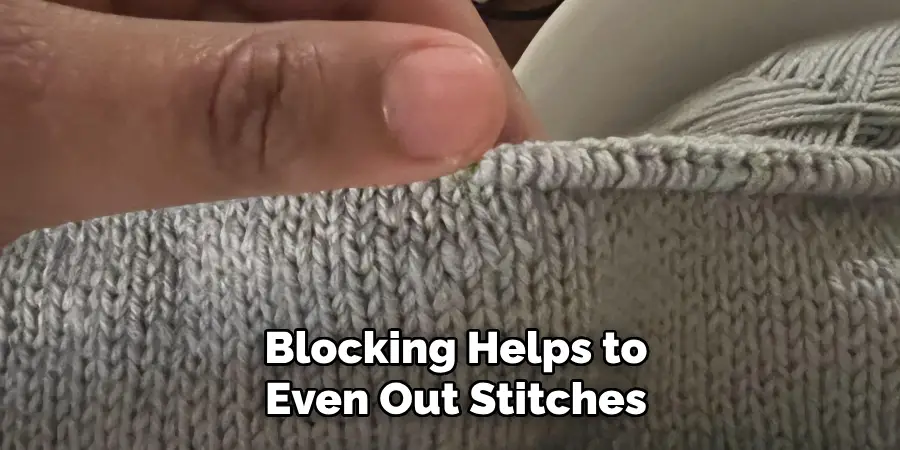
Although blocking may seem like an extra step in the finishing process, it can greatly enhance your crochet project’s overall look and quality. Whether you choose to block your granny squares or not, these tips and techniques will be useful for future projects. Happy crocheting! So, if you want to achieve perfectly shaped granny squares, take the extra time to block them.
With these additional tips and tricks, you now have all the necessary knowledge to successfully block your granny squares and create beautiful, uniform pieces. Remember to be patient and consistent, and most importantly, have fun with your crochet projects!
What is the Best Blocking Board?
There is no one “best” blocking board, as it ultimately depends on personal preference and the size of your project. Some popular options include foam or cork boards with grid lines, interlocking tile mats, and adjustable wire frame blocking boards. Consider your needs and budget when selecting a blocking board.
Remember always to follow the specific instructions for your chosen blocking method and take care in handling your granny squares to ensure a professional and polished finished product. With these tips and tricks, you can successfully block your granny squares and create beautiful projects with perfectly shaped pieces.
Why Do Granny Squares Twist?
One common issue that may arise when crocheting granny squares is twisting. This can happen for various reasons, such as using the wrong stitch or not turning your work at the end of each round. Twisting can also occur if there are too few stitches in a round, causing the square to become lopsided.
To avoid this problem, make sure to follow the pattern instructions carefully and count your stitches at the end of each round. If you notice your square is starting to twist, carefully unravel the last few rounds until it lies flat again. You can prevent twisting and achieve perfectly shaped granny squares with practice and attention to detail.
Conclusion
In conclusion, learning how to block granny squares is a valuable skill that can significantly enhance the look and durability of your crochet pieces. Following the steps outlined in this blog post, you can easily achieve professional-looking results and take your crocheting to the next level.
Remember always to use high-quality materials and practice patience when blocking, as it truly makes a difference in the end result. Don’t be afraid to experiment with different blocking techniques and see what works best for you.
‘And finally, remember to share your beautiful creations on social media using #blockgrannysquares! We would love to see your progress and offer any tips or suggestions along the way.
‘So go ahead, grab those granny squares and give them a proper blocking – your crochet game will thank you! Happy blocking!

